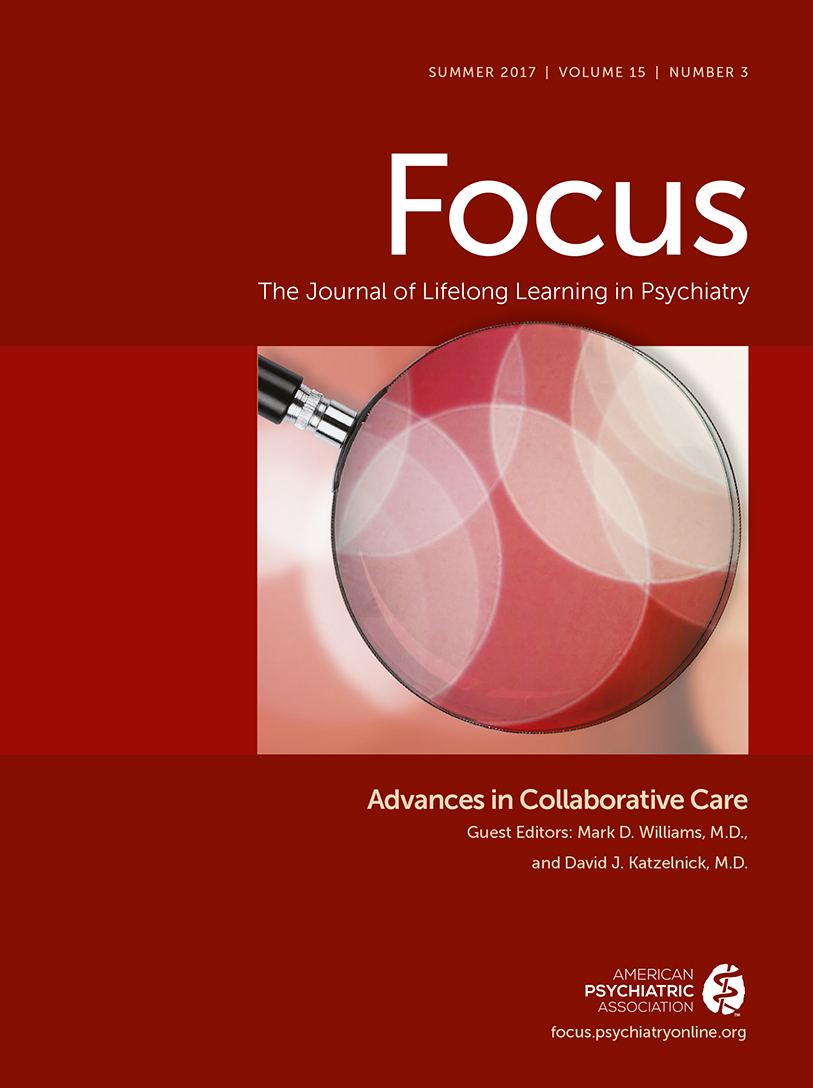Collaborative Care for Anxiety Disorders in Primary Care: a Systematic Review and Meta-Analysis
Abstract
Background:
Studies evaluating collaborative care for anxiety disorders are recently emerging. A systematic review and meta-analysis to estimate the effect of collaborative care for adult patients with anxiety disorders in primary care is therefore warranted.
Methods:
A literature search was performed. Data sources: PubMed, Psycinfo, Embase, Cinahl, and the Cochrane library. Study eligibility criteria: Randomized controlled trials examining the effects of collaborative care for adult primary care patients with an anxiety disorder, compared to care as usual or another intervention. Synthesis methods: Standardized mean differences (SMD) on an anxiety scale closest to twelve months follow-up were calculated and pooled in a random effects meta-analysis.
Results:
Of the 3073 studies found, seven studies were included with a total of 2105 participants. Included studies were of moderate to high quality. Collaborative care was superior to care as usual, with a small effect size (SMD = 0.35 95 % CI 0.14–0.56) for all anxiety disorders combined and a moderate effect size (SMD = 0.59, 95 % CI 0.41–0.78) in a subgroup analysis (five studies) on patients with panic disorder.
Conclusions:
Collaborative care seems to be a promising strategy for improving primary care for anxiety disorders, in particular panic disorder. However, the number of studies is still small and further research is needed to evaluate the effectiveness in other anxiety disorders.
(Reprinted with permission from BMC Family Practice (2016) 17:62)



